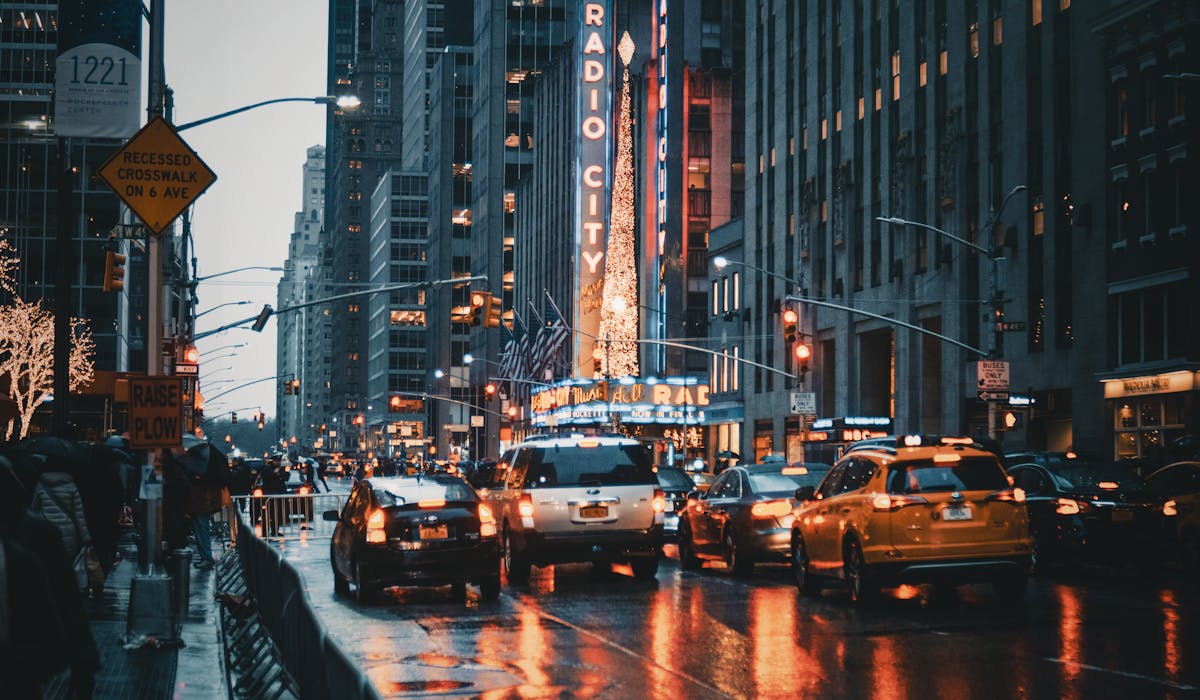Framing Streets Fundamentals Explained
Table of ContentsA Biased View of Framing StreetsFraming Streets Things To Know Before You BuyThe Framing Streets Statements8 Simple Techniques For Framing StreetsThe Best Guide To Framing StreetsLittle Known Questions About Framing Streets.
, generally with the goal of capturing photos at a definitive or poignant moment by mindful framework and timing. https://celeste-canna-h2w00s.mystrikingly.com/blog/framing-streets-capturing-life-s-essence-through-street-photography.
, that was influenced to undertake a similar documents of New York City. As the city developed, Atget aided to advertise Parisian streets as a worthy subject for photography.

The Greatest Guide To Framing Streets
Martin is the very first recorded photographer to do so in London with a masked camera. Mass-Observation was a social research study organisation established in 1937 which aimed to tape-record daily life in Britain and to record the responses of the 'man-in-the-street' to King Edward VIII's abdication in 1936 to wed separation Wallis Simpson, and the sequence of George VI. The principal Mass-Observationists were anthropologist Tom Harrisson in Bolton and poet Charles Madge in London, and their very first record was produced as the publication "May the Twelfth: Mass-Observation Day-Surveys 1937 by over 2 hundred observers" [] Window cleaner at Kottbusser Tor, Berlin, by Elsa Thiemann c. 1946 The post-war French Humanist College digital photographers found their subjects on the road or in the bistro. In between 1946 and 1957 Le Groupe des XV annually exhibited job of this kind. Andre Kertesz. Circus, Budapest, 19 May my review here 1920 Road photography developed the significant web content of two exhibits at the Gallery of Modern Art (Mo, MA) in New york city curated by Edward Steichen, Five French Professional Photographers: Brassai; Cartier-Bresson, Doisneau, Ronis, Izis in 1951 to 1952, and Post-war European Photography in 1953, which exported the idea of road photography globally.

The Framing Streets Diaries
The recording equipment was 'a concealed cam', a 35 mm Contax hidden below his layer, that was 'strapped to the upper body and linked to a long cord strung down the ideal sleeve'. His job had little contemporary influence as due to Evans' level of sensitivities about the creativity of his project and the personal privacy of his subjects, it was not released up until 1966, in the publication Numerous Are Called, with an intro composed by James Agee in 1940.
Helen Levitt, then an instructor of little ones, linked with Evans in 193839. She recorded the temporal chalk drawings - sony a9iii that belonged to youngsters's road society in New york city at the time, as well as the youngsters who made them. In July 1939, Mo, MA's brand-new digital photography area included Levitt's operate in its inaugural exhibitionRobert Frank's 1958 book,, was substantial; raw and commonly indistinct, Frank's photos questioned conventional digital photography of the time, "challenged all the official rules put down by Henri Cartier-Bresson and Walker Evans" and "flew in the face of the wholesome pictorialism and genuine photojournalism of American magazines like LIFE and Time".